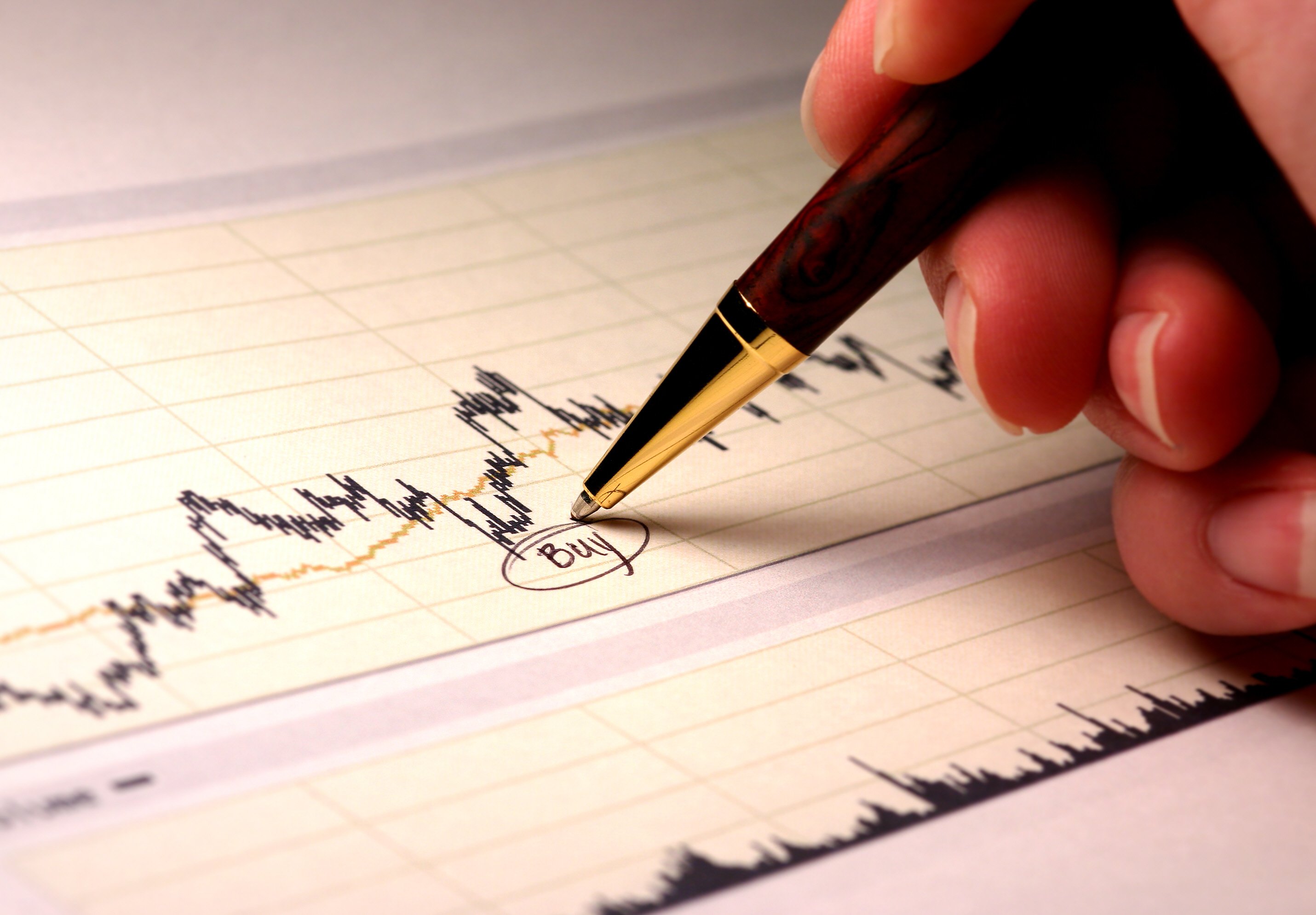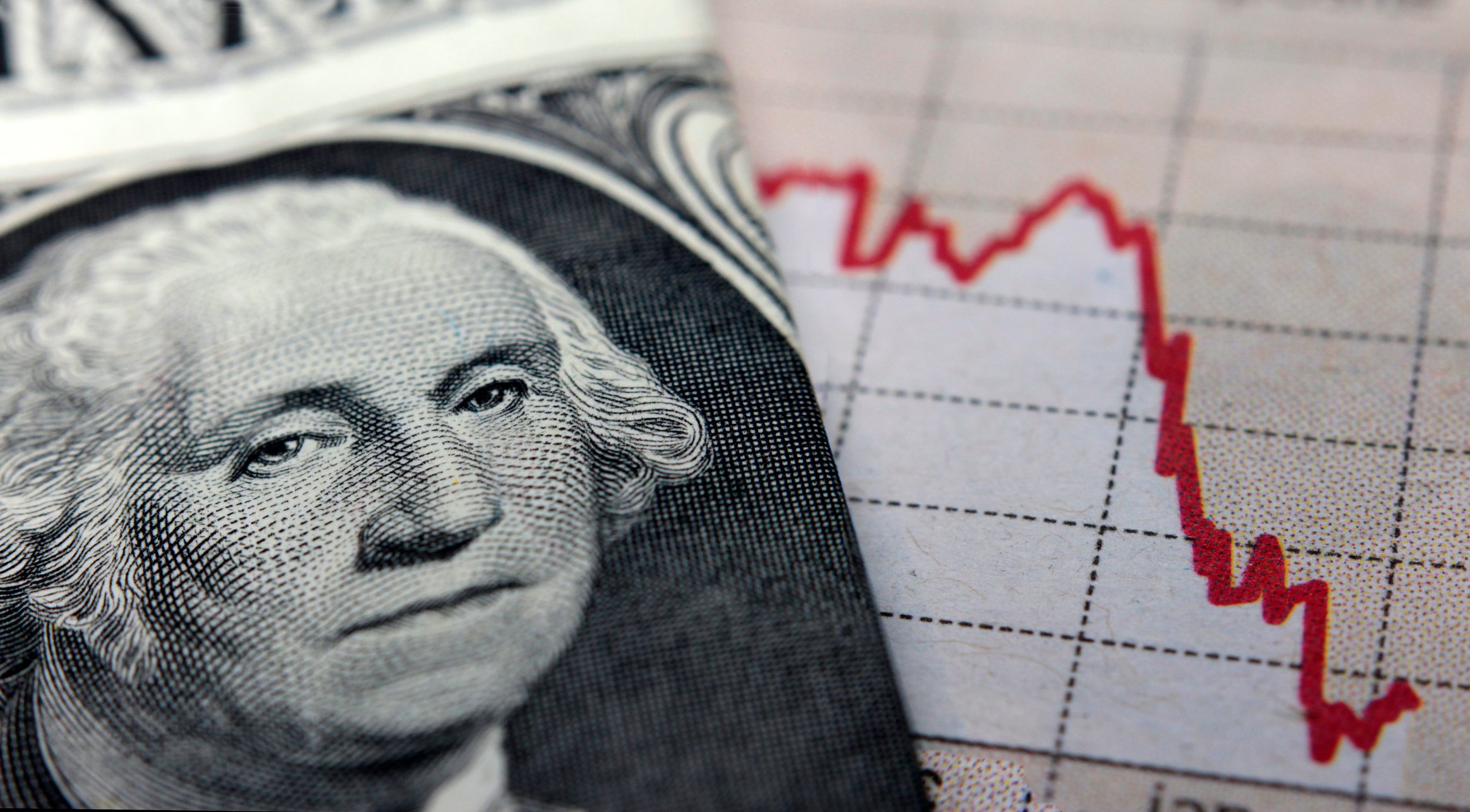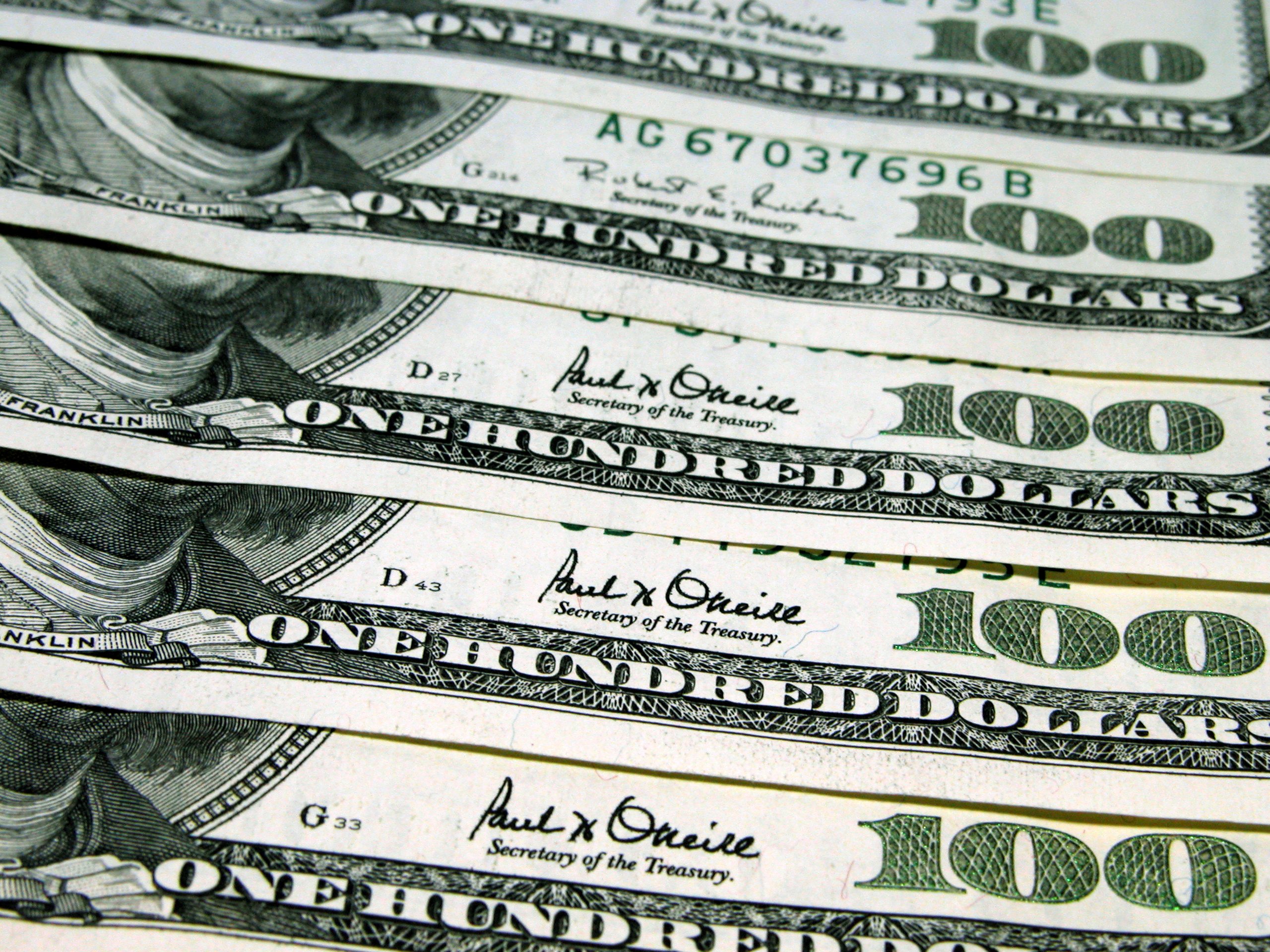Wall Street and investors have witnessed history being made on a near-weekly basis of late. Over a three-week stretch beginning Feb. 24, the 123-year-old Dow Jones Industrial Average (^DJI +0.48%) logged seven of its nine largest single-session point drops in history, as well as its four largest single-day point increases of all time. These wild swings also included the Dow's fourth-worst percentage decline in history this past Thursday, March 12, followed by its 10th-biggest percentage gain ever on Friday, March 13.
Additionally, it took only 16 trading sessions for the stock market to fall from its recent highs into a bear market, which is the fastest move into bear-market territory in history.

Image source: Getty Images.
It's been a wild ride, and the potential economic disruptions caused by coronavirus disease 2019 (COVID-19) are to blame. The mitigating measures currently being undertaken to slow the spread of this illness, such as school closures, special-event cancellations, and inbound flight stoppages from Europe, are being made with the health and well-being of those most susceptible to COVID-19 in mind. But these measures are also likely to lead to a sharp short-term downturn in U.S. and global growth, or perhaps even a recession. It's for these reasons the stock market has undergone its steep correction.
However, it's important to realize that every single stock market correction that's preceded our current downturn has been a buying opportunity for investors. If you want to grow your wealth and become richer, the easiest way to do that is to take advantage of the bargains being presented during this correction.
Here are three stocks that I believe will make you richer over time if you buy during this steep dip.

Image source: Getty Images.
Teva Pharmaceutical Industries
Novel and generic-drug developer Teva Pharmaceutical Industries (TEVA 1.54%) has had a rough go of things for years. In no particular order, Teva has faced lawsuits in 44 states over its role in the opioid epidemic, it's had its top-selling brand-name drug (Copaxone) face generic competition, and it's been soldiering through a huge debt load after overpaying for generic-drug developer Actavis.
And yet, it looks to be one heck of a bargain after the recent move lower in the broader market. That's because CEO Kare Schultz is a turnaround specialist, and he's already worked wonders on Teva in a matter of 2.5 years. Schultz will have reduced the company's annual operating expenditures by $3 billion, as of the end of this year, and has lowered Teva's net debt by approximately $8 billion. There still work to be done here, but Teva is no longer in the financial noose it once was.
What's more, Teva is dirt cheap. It remains one of the largest generic-drug producers in the world -- presumably putting in great position to benefit from an aging global population -- yet is currently being valued at approximately three times its annual profit potential. With Schultz signaling that 2019 was Teva's bottoming year for cash flow, and Teva appearing to resolve a number of its opioid lawsuits in 2019, I believe long-term investors can buy in now and reap the rewards of their patience in the years to come.

Image source: Getty Images.
U.S. Bancorp
I get it – the idea of buying into bank stocks during a potential recession, and with interest rates falling, isn't exactly seen as palatable. Since banking growth is typically tied to the health of the U.S. economy, lower net interest income and the fear of a recession could make things challenging for the group in 2020, if not beyond. But that's no reason to avoid what might be the best big bank of the group, U.S. Bancorp (USB 0.48%).
Compared to its peers, U.S. Bancorp has typically been pricey, at least when it comes to its share price relative to book value. As recently as this past December, it was valued at 2 times book, which is generally considered a fair valuation for bank stocks. But there's a reason U.S. Bancorp nets such premiums on Wall Street. This is a company that consistently delivers the highest return on assets (ROA) among money-center banks. In simpler terms, no big bank is more efficient with regard to generating profits from its total assets than U.S. Bancorp – and that's something investors will pay a premium for.
U.S. Bancorp has also done a bang-up job of controlling its noninterest expensing, and focusing its investments on digital banking and mobile apps. Between November 2017 and November 2019, U.S. Bancorp witnessed a 10 percentage point increase in mobile active customers to 52%, with 70% of all transactions now being done digitally (online or via mobile). Digital banking is significantly cheaper than branch or phone interactions for U.S. Bancorp, giving it even more runway to bolster its ROA.

Image source: Getty Images.
American Eagle Outfitters
Long-tern investors would also be well-served buying into a brand-name in the retail space, such as American Eagle Outfitters (AEO 2.91%). I should know, as it's one of the 11 brand-new stocks I've added to my portfolio during this correction.
While American Eagle Outfitters is susceptible to possible short-term buying weakness if the U.S. dips into a recession, and it'll face ongoing pressure from online retailers, it's continued to outperform most expectations. That's because it's able to utilize its American Eagle branding as a strong selling point (this is especially true for the company's jeans), and has occupied a midrange price point on its products for years within mall settings. To add, American Eagle has also been adept at moving unsold merchandise, meaning markdowns rarely impact its bottom line for more than a quarter or two.
This is also a company that's seen incredible success from its intimates division, Aerie. The current plan is for another 60 to 70 Aerie locations to open in 2020, which follows 20% comparable-store sales growth in 2019 and 29% comparable-store sales growth in 2018. In fact, the company has delivered double-digit comparable-store sales growth for Aerie in 21 straight quarters, and positive comparable-store sales growth for its flagship American Eagle brand in 20 consecutive quarters.
At something like seven times forward earnings, and with a 5.5% yield, American Eagle Outfitters should make patient investors rich.









